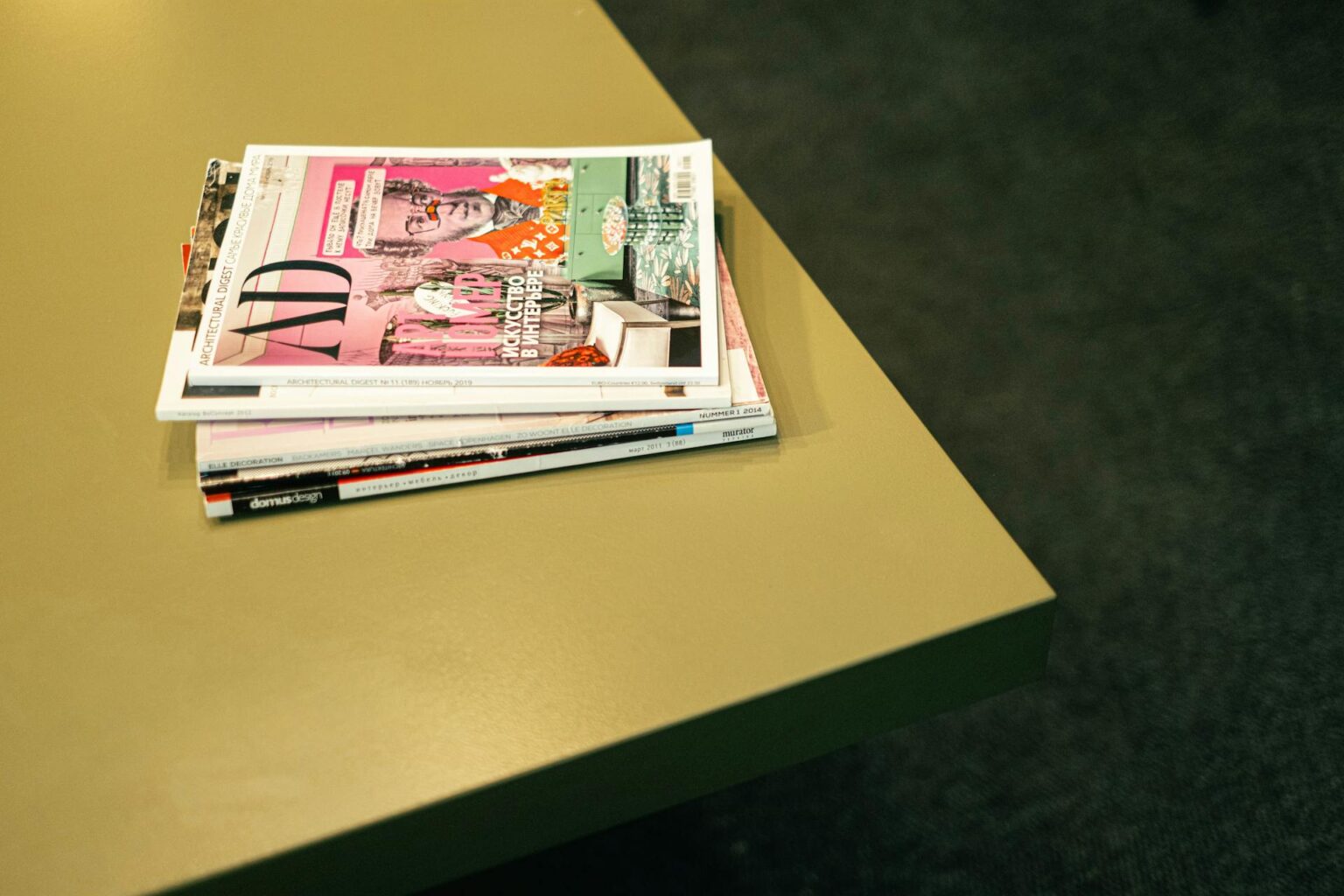Do you have a pile of old magazines gathering dust in your home? And if this question are coming into your mind that are magazines recyclable? If so, you are not alone. Many people stockpile magazines and books over the years.
The good news is you can recycle magazines, including those glossy ones that often seem tricky. Recycling these materials is crucial for reducing waste and conserving resources.
Magazines can be recycled, but it is essential to know how. While the glossy coating on some magazines might make you wonder, most recycling centers accept them.
You can help the environment by tossing them in your recycle bin. If they are in good condition, you can also take them to your local library or shred them for craft projects or even paper towels.
In this blog post, you will learn about recycling, the benefits of recycling magazines, and creative ways to reuse old magazines. Let’s dive in.
What is Mixed Paper?

Mixed paper is a category of recyclable materials that include various paper products. It covers glossy magazines, catalogs, phone books, and other similar materials. You’re contributing to mixed paper recycling when you recycle old magazines and catalogs.
Mixed paper recycling is an easy way to recycle unwanted magazines and catalogs. Glossy magazine pages and other glossy paper items like magazines can all be part of this process. You can recycle your magazine paper along with other mixed paper products.
Magazines made of glossy page material can often be recycled through your local recycling program. Check with your community to find the best way to recycle magazine paper. By recycling these items, you help reduce waste and promote sustainability. Remember to recycle unwanted magazines as part of mixed paper next time you have unwanted magazines.
Preparing Magazines for Recycling
Recycling magazines is a simple yet impactful way to contribute to environmental sustainability. Unlike other paper products like books, magazines are printed on coated paper, often with glossy finishes and vibrant colors.
Thankfully, magazines are recyclable, but specific steps must be taken to ensure they are ready for recycling. Understanding these steps helps make the recycling process smooth and efficient.
- Gather all magazines and catalogs: Start by collecting all your old ones. Ensure they are dry and free from food residue.
- No need to remove staples or cardstock ads: Magazines are designed to be recycled with their staples intact. The same goes for any cardstock ads or perfume samples. These components can’t be recycled separately but are processed together with the magazines.
- Remove and recycle plastic bags separately: Some magazines come in plastic wrappers. You’ll need to remove these wrappers as they can’t be recycled with the magazines. Place these plastic bags in your designated recycling bin or take them to a drop-off location.
- Comparison with preparing books for recycling: You’ll need to remove hardcovers as they can’t be recycled with regular paper. Books often have thicker pages and binding materials that differ from magazines. In contrast, magazines are more straightforward since the paper used is similar to regular and office paper.
- Check for local recycling guidelines: Different areas might have specific guidelines for recycling coated paper and polyethylene in some magazines. Check your local recycling program to ensure you follow their rules.
- Consider composting as an alternative: If you have a compost pile, some magazines might be suitable, particularly if they use vegetable-based inks. However, be cautious with glossy and coated paper, as it might not decompose well.
By following these simple steps, you can ensure that your magazines are ready for recycling, contributing to a cleaner and greener planet.
Why Recycle Books and Magazines?
Recycling books and magazines has numerous environmental benefits. It saves valuable landfill space and reduces the need for new raw materials like wood fiber. The paper used in magazines and glossy catalogs often contains recycled content, which helps conserve resources.
Local recycling centers often accept magazines, books, and even catalogs. These centers process the paper into new products like wrapping paper and flowers. Recycling paper saves trees, oil, energy, and water. For instance, recycling one ton of paper can save 17 trees and 7,000 gallons of water.
Many curbside programs accept magazines and books, making it easy for everyone to contribute. Plus, if your local center doesn’t accept them, you can sell them online. Paper products significantly impact recycling efforts and play a crucial role in environmental conservation. Every bit of paper recycled helps create a more sustainable future.
The Recycling Process for Books and Magazines
Recycling books and magazines is a fantastic way to reduce waste and help the environment. It involves several steps, each crucial for turning old paper into new, useful products. Let’s dive into the process and see how it all works.
1. Separation of Mixed Paper from Other Grades of Paper
When you accept books and magazines at recycling facilities, the first step is to separate mixed paper from other grades. This involves sorting out non-paper materials like plastic covers or bindings. Sometimes, the covers contain a type of plastic called polyethylene. This step ensures only the appropriate materials enter the recycling stream.
2. Processing at the Mill
Once the paper is sorted, it heads to the mill. Here, the paper is shredded into smaller pieces. These pieces are mixed with water for a few hours to create a slurry, known as paper pulp. The wet paper breaks down, making it easier to process. The mill is a critical stage in recycling as it prepares the paper for further treatment.
3. Introduction of Water and Chemicals
The next step involves adding water and chemicals to the paper pulp. This helps to break down the fibers even more. It also aids in the removal of contaminants. The pulp is mixed until it reaches a consistency that allows for easy removal of ink and adhesives.
4. Removal of Ink and Adhesive
Ink and adhesives must be removed from the pulp. This is done using a process called de-inking. Chemicals and air bubbles are introduced to lift the ink and adhesives from the fibers. The contaminants float to the surface and are skimmed off, leaving clean paper pulp ready for bonding.
5. Bonding of Paper Fibers
The clean paper fibers are ready to bond with the ink and adhesives removed. The fibers are pressed and dried, forming large sheets of recycled paper. The process of bonding the fibers is what creates the strong, durable material used in various products.
6. Final Products Made from Recycled Paper
The final stage involves creating new products from recycled paper. These can range from print magazines to DIY projects like paper beads or compost bin liners. Recycling facilities also produce millions of tons of recycled paper each year. Which can be turned into notebooks, tissue paper, and even new books. Upcycling old books and magazines is a great way to give them a new life and reduce waste.
Conclusion
Recycling magazines is a simple way to reduce waste and protect our environment. Many curbside recycling programs accept catalogs and magazines because paper is made from wood fibers and creates a valuable resource when reused. Once collected, magazines use old materials to be processed at a recycling plant. They are compressed into a bale and sent off to be turned into new products.
If recycling isn’t an option, consider donating to bookstores or thrift stores. Upcycle old magazines into crafts or art projects. By recycling and reusing, we help conserve resources and reduce landfill waste. Next time, don’t toss that magazine. Think of the benefits and choose to recycle or repurpose. Together, we can make a big impact.








